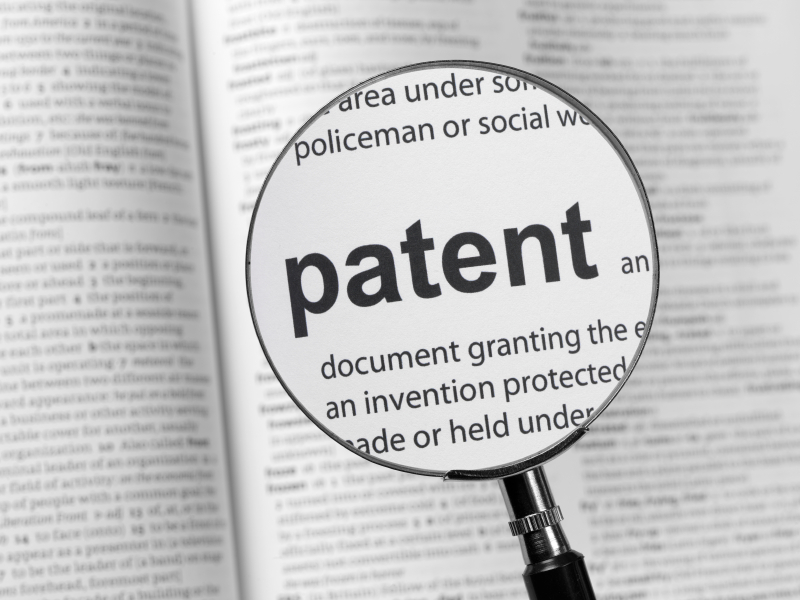Short Overview of Application Data Sheets and how Guide Applicants in the united states Patent Office

A credit card applicatoin data sheet or “ADS” could be a document that gives the bibliographic data by having an application for that USPTO. The USPTO prefers, but doesn’t need, having an ADS. An ADS may be beneficial, however, since it provides a inclination to reduce errors within the conversion/recordation of application data towards the USPTO’s official electronic data record. While electronic filing using the USPTO’s EFS-Web has certainly reduced some errors, the USPTO is determined by the published documents (e.g., declaration, specs), rather of the user’s input, to produce its official electronic record. For instance, within the national stage application filed under 35 USC & 371, the USPTO would use the publication within the worldwide application for the title and to other documents for the group of inventors along with the correspondence address. Having an ADS, since it provides this info in one document along with a specific format, enhances the precision in the conversion along with the resulting electronic record.
Types of What Can Happen With no ADS

The USPTO’s procedures for converting the approval data of paper applications as well as for recording electronic data into its official data record are surprisingly accurate, cellular the amount of application data records it has to create. Nevertheless, as with all system, errors occur. And, even if they’re remedied at the outset of the prosecution process, they still take the time and may cause processing delays. Worse, sometimes errors within the USPTO data records aren’t remedied. Think about the next U.S. patents, that could have cheated an ADS:
- U.S. Patent Nos. 6,112,451, 6,631,400, and 6,637,044, each for almost any “Statement Regarding Federally Backed Research or Development”
- U.S. Patent No. 7,263,562 for almost any “Method and System for Describing Published Files Statement Regarding Federally Backed Research or Development” and
- U.S. Patent No. 6,389,215 for “Low Birefringent Polyimides for Optical Waveguides Statement Regarding Federally Backed Research or Development”.
Additionally, there are:
- U.S. Patent No. 6,930,045 for “Mix Mention of Related Application”
- U.S. Patent No. 6,829,526 for almost any “Train Recognition System along with a Train Recognition Method Mix Mention of Related Application” and
- U.S. Patent No. 6,786,734 by having an “Electrical Adapter Obtaining a Foldable Housing Mix-Mention of Related Application”.
Clearly, you will find occasions when an ADS might have helped the USPTO more precisely convert bibliographic information to the official data record.
The Desire require an ADS

Section 1.76 of Title 37 within the Code of Federal Rules governs application data sheets and sets forth specific needs for every ADS. The next will be the greater.
- An ADS can be utilized in provisional and nonprovisional applications.
- The USPTO offers a fillable pdf form (Form PTO/Senate bill/14) on its website. Utilize the USPTO fillable form whenever achievable, because an ADS needs to be printed as being a text-based Pdf. A scanned kind of the ADS fillable form will most likely be rejected via EFS-Web because EFS-Web won’t be capable of auto-load scanned in data into backend systems.
- An ADS needs to be within the specific format. An ADS needs to be entitled “Application Data Sheet” and may support the following section headings, with any appropriate data for every section heading:
Applicant information (i.e., the name, residence, mailing address, and citizenship of each applicant)
Correspondence information (i.e., the correspondence address, which can be proven by mention of a person number)
Application information (i.e., the title within the invention, a recommended classification, by class and subclass, we’ve got we have got we’ve got the technology Center the topic within the invention is assigned, the entire amount of drawing sheets, any docket number utilized on the approval, the kind of application)
Representative information (i.e., the quantity plate of each specialist with an electrical of attorney within the application)
Domestic priority information (i.e., the approval number, the filing date, the status, and relationship of each application the advantage is alleged under 35 U.S.C. §§ 119(e), 120, 121, or 365(c))
Foreign priority information (i.e., the approval number, country, and filing date of each foreign application that priority is alleged) (NOTE – offering this info within the application data sheet constitutes the claim for priority if needed by 35 U.S.C. § 119(b) and
Assignee information.
- Offering domestic priority information in a ADS constitutes the particular reference needed by 35 USC § 119(e) or 120, and 37 CFR §§ 1.78(a)(2) or 1.78(a)(5), to make sure that this info don’t have to somewhat be made area of the specs.




